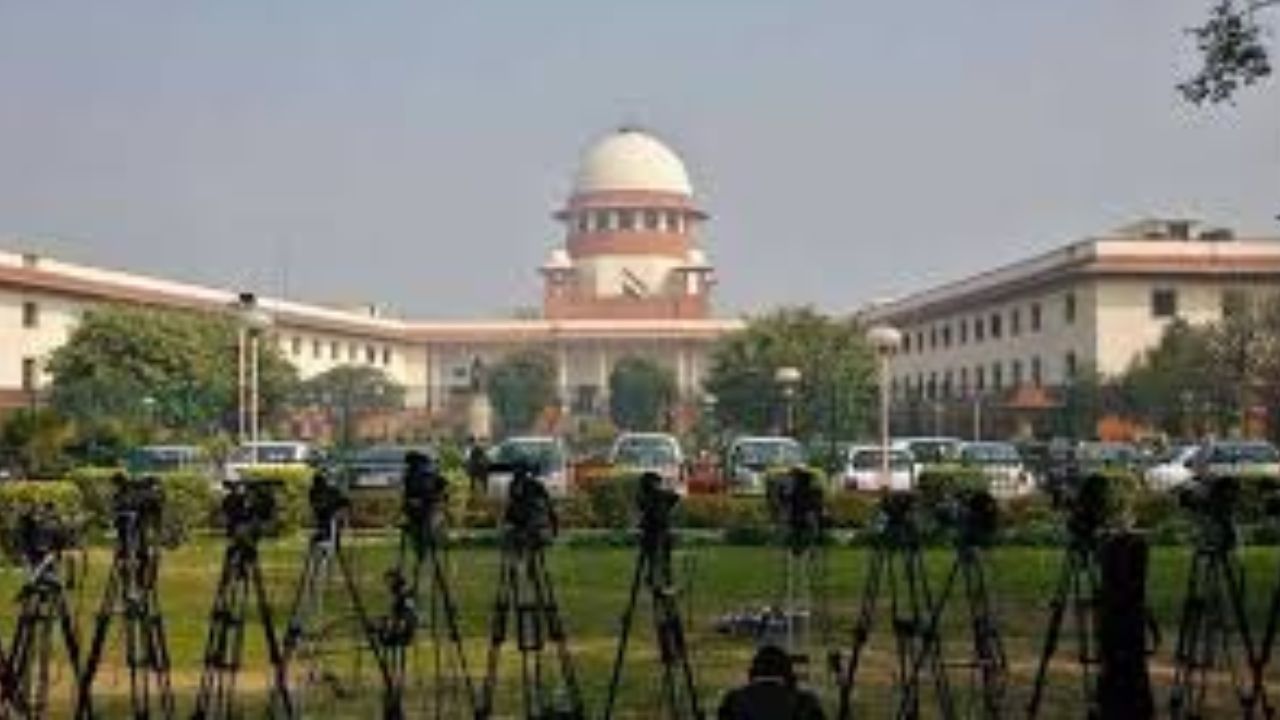Supreme Court: History, Powers, Functions & Composition
The Indian Constitution, articles 124 to 147 in Part 5 of deals with the organization, jurisdiction, and powers of the Supreme Court.

Supreme Court-Introduction
The Indian constitution provides for an integrated judicial system where the Supreme Court is at the top the High Courts are below and then the subordinate courts are at the lower levels. The Supreme Court consists of 34 judges.
The appointment of judges is done by the President in consultation with the Chief Justice of India. Delhi is the seat of the Supreme Court as per the Constitution of India.
The Supreme Court has a very significant place in the Indian Government. It is considered the highest court of appeal, the guarantor of the Fundamental Rights of citizens, and the guardian of the Constitution.
History of Supreme Court
The Supreme Court was established under the Government of India Act of 1935 as the Federal Court of India. The Supreme Court was inaugurated on January 28, 1950. The British Privy Council was replaced by the Supreme Court as the highest court of appeal.
Qualification of judges of the Supreme Court
A person who should have these qualifications.
- He should be a citizen of India.
- He should have been a judge of the High Court or a lawyer for 10 years in the High Court.
Read Also~ High Courts: Know History, Qualification &Tenure of Judges
Tenure of judges of the Supreme Court
- A judge of the Supreme Court holds the office until 65 years of age.
- He can resign from his office by giving it in writing to the President.
- He can be removed from his office by the president only, which is also a long and difficult process.
Independence of the Supreme Court
The Supreme Court is free from influences, encroachments, and pressures of the Executive and the Legislature. This ensures the effective working of the Judiciary without fear and favor. The mode of appointment is also done by the President in consultation with the Chief Justice of India. There is the security of tenure for the judges and removal of judges is a difficult process. The salaries, allowances, and pensions of the judges and the staff are directly charged to the Consolidated Fund of India.
Article 50 under DPSP, describes the separation of the Executive from the Judiciary. The conduct of judges cannot be discussed in parliament or state legislature Particularly about the conduct of judges in the discharge of their duties. The Supreme Court has several powers which include writ jurisdiction, original jurisdiction, appellate jurisdiction, and advisory jurisdiction, and it serves as a Court of Record.
The Indian Supreme Court is considered the best court in the world for its accountability and judicial activism.
